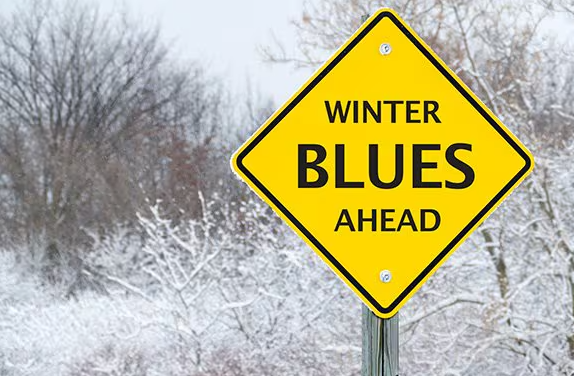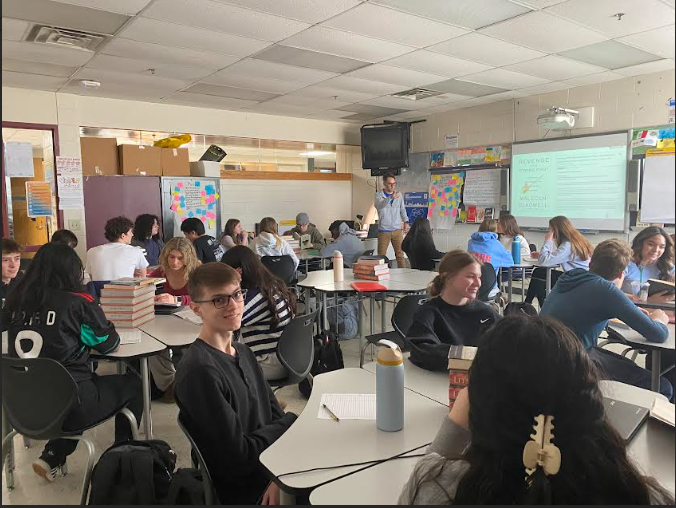
It has suddenly turned to fall; the breeze has become chillier, the leaves are falling, the days are becoming darker, and people seem sadder; this feeling is called winter blues. This can also be considered a disorder called S.A.D (seasonal affective disorder).
This is particularly common among adolescents, especially high school students. While it’s easy to dismiss feelings of sadness by attributing them to “just the weather,” it’s important to consider what students can do to help themselves or support others in overcoming the winter blues.
Optimistic thought process.
Marisa Graham, a school psychologist at Mundelein High School, provides valuable guidance to students by promoting a shift in perspective during the winter blues or S.A.D. She acknowledges that it’s natural to experience sadness but highlights the importance of, and enabling a positive mindset. By adopting this approach, students can find navigating challenges easier and enhancing their overall well-being.
“Think about ways that or things in winter that you can embrace, like, curling up with a good book on a comfy couch, or having a cozy blanket, getting together with friends for hot chocolate, playing board games with family inside, just even recognizing how beautiful it can be in winter at times with the snow…. We don’t deny the negative, but we also have that appreciation for the positive” she says.
Control stress
Jonathan Mahoney, a social worker at Mundelein High School with a master’s degree in psychology, emphasizes that everyone experiences stress. While some stress can be beneficial, it’s important to recognize when the negative effects of stress outweigh the positive. When that happens, it’s time to reflect on strategies to manage it effectively.
“Stress can be motivating, and can be helpful. When things transition beyond just stress, then we’re looking at sort of the more detrimental negative impacts to something like seasonal affective disorder or depression or things like that… suddenly you’re missing a whole bunch of school, relationships are suffering, and you’re not taking care of yourself.” He says.
Embrace the warmth of sunlight.
Mahoney emphasizes that an environment filled with sunlight is important. He explains that exposure to vitamin D is essential for maintaining an alert state.
“Brighter light tends to help people be awake better, more awake, more alert. If you’re not even seeing the sun because you’re at school before the sun even comes up, yeah, that’s a problem that is absolutely going to have an impact.” He states. Graham explains that sunlight is available wherever you go, and if you’re busy with activities, there are ways to ensure your body still gets enough vitamin D.
“So, really seeking out exercise, particularly, when we can get it (sunlight), so being outdoors, whether that’s for a walk, taking up a winter sport… looking for ways to be able to get that even on a cloudy day, but particularly if it’s a sunny day, even allowing light naturally into your room or spaces in your home.” She replied.
Engaging in meaningful conversations
Both Graham and Mahoney emphasize student resources to support students personally during the winter blues. Mahoney also mentions that involvement in sports and clubs is extremely beneficial.
“There’s a lot of options for people to be able to be connected with others, whether it’s a club or an activity or sport or something like that.” He says. Graham states,
“There are other (feelings) that I think would be helpful to address, like those feelings so, groups, workshops and individual sessions with social workers, counselors, school psychologists.”
It’s important to remember that these feelings are not permanent and can be managed effectively. There are various strategies and treatments available that can help lift your spirits and improve your mood. If you’re struggling with persistent feelings of sadness or hopelessness, consider exploring options. Even when it feels challenging, support is available, and taking proactive steps can lead to a brighter outlook.

